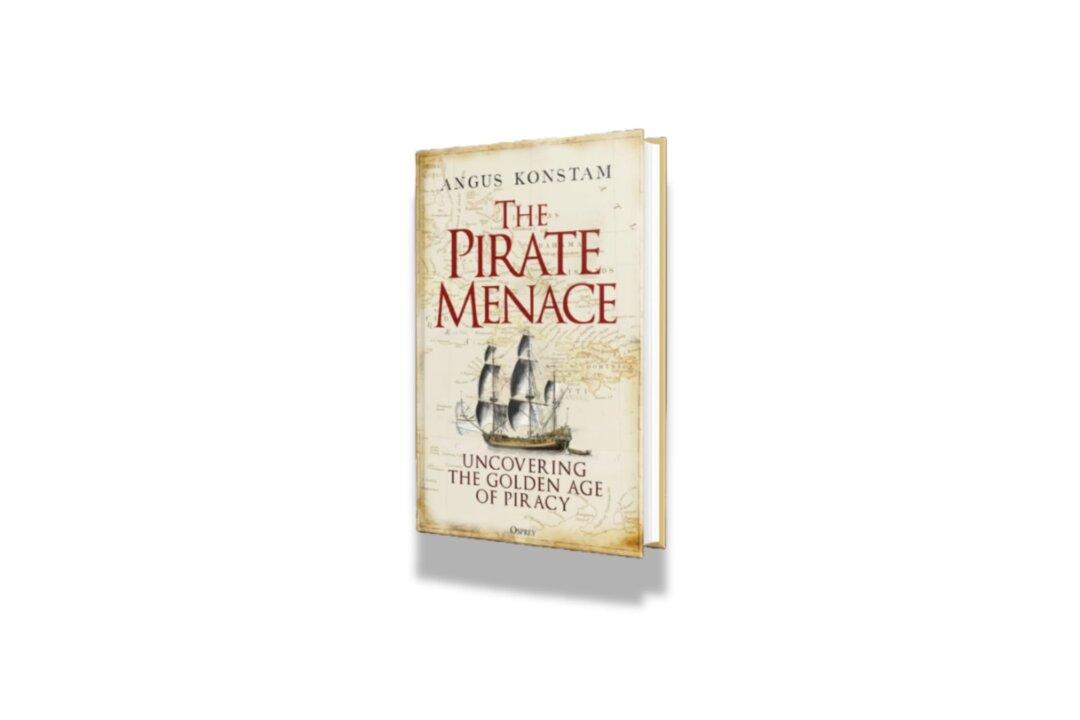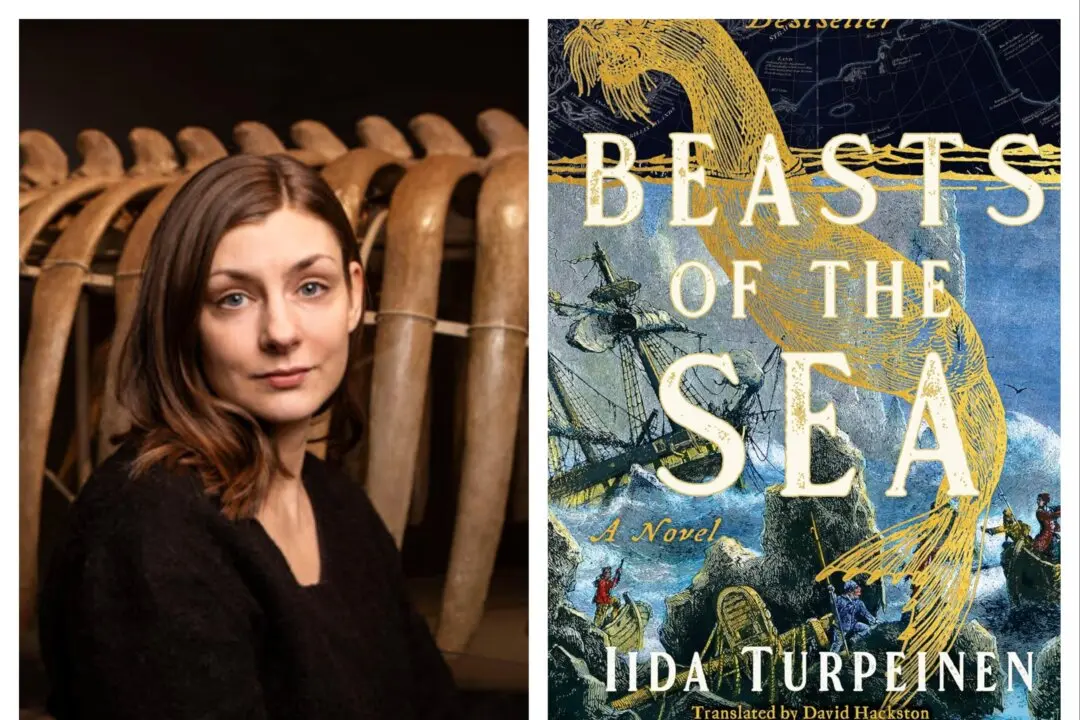For all their reckless violence, immoral behavior, and suffering they caused on the high seas, pirates, specifically the 18th-century pirates who sailed along the Caribbean, have long been painted with a mythic brush. From the classic literature of Robert Louis Stevenson to Disney’s “Pirates of the Caribbean,” flamboyance seems to define the age of pirates. It is true that flamboyance was part of the piratical character, but as Angus Konstam demonstrates in his new book, the pirate was many things. Oddly enough, some of those things prove quite relatable to the average modern person.
Konstam, one of the leading scholars on pirates, has produced a new work that focuses on a rather brief period of pirate history. “The Pirate Menace: Uncovering the Golden Age of Piracy” discusses how piracy began in the Caribbean, presents those flamboyant pirates and pirate-hunters, and describes just how this “pirate menace” was finally drubbed out.






